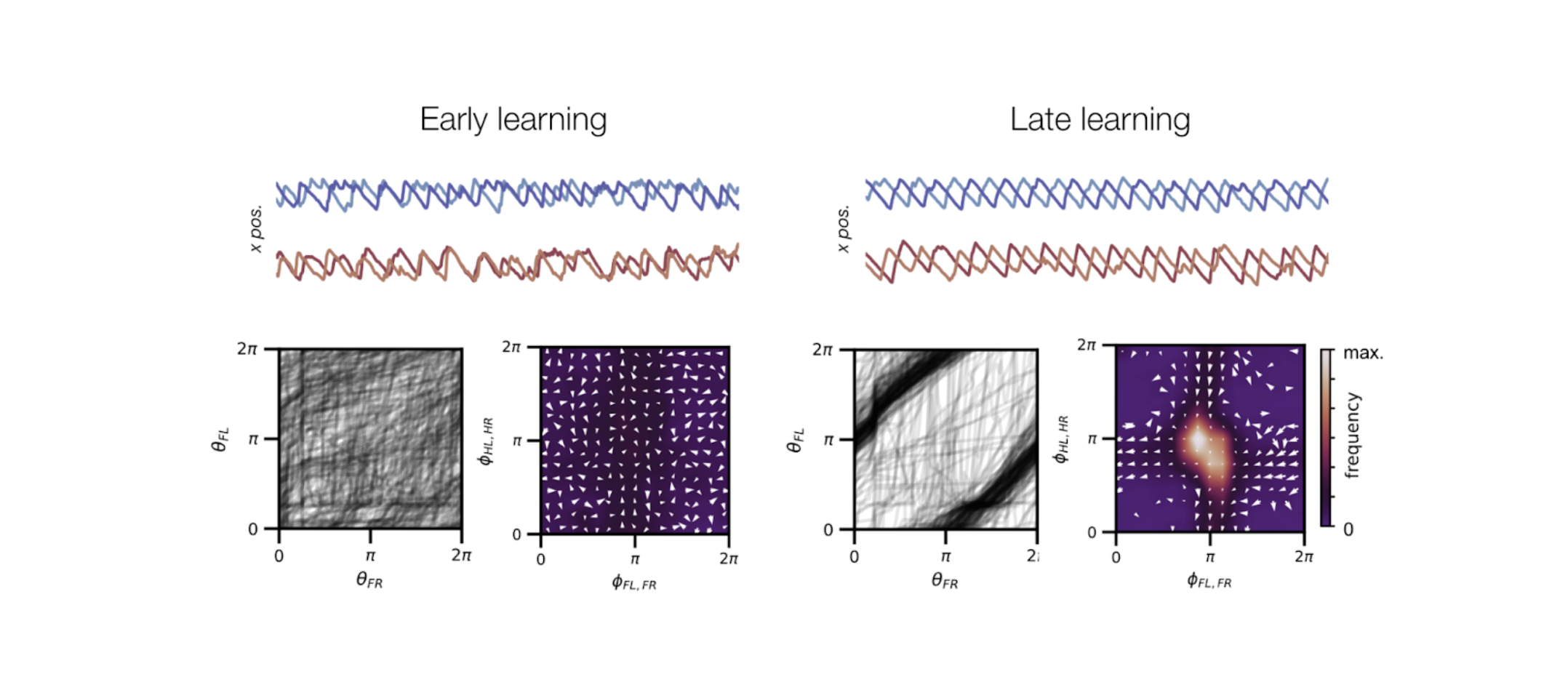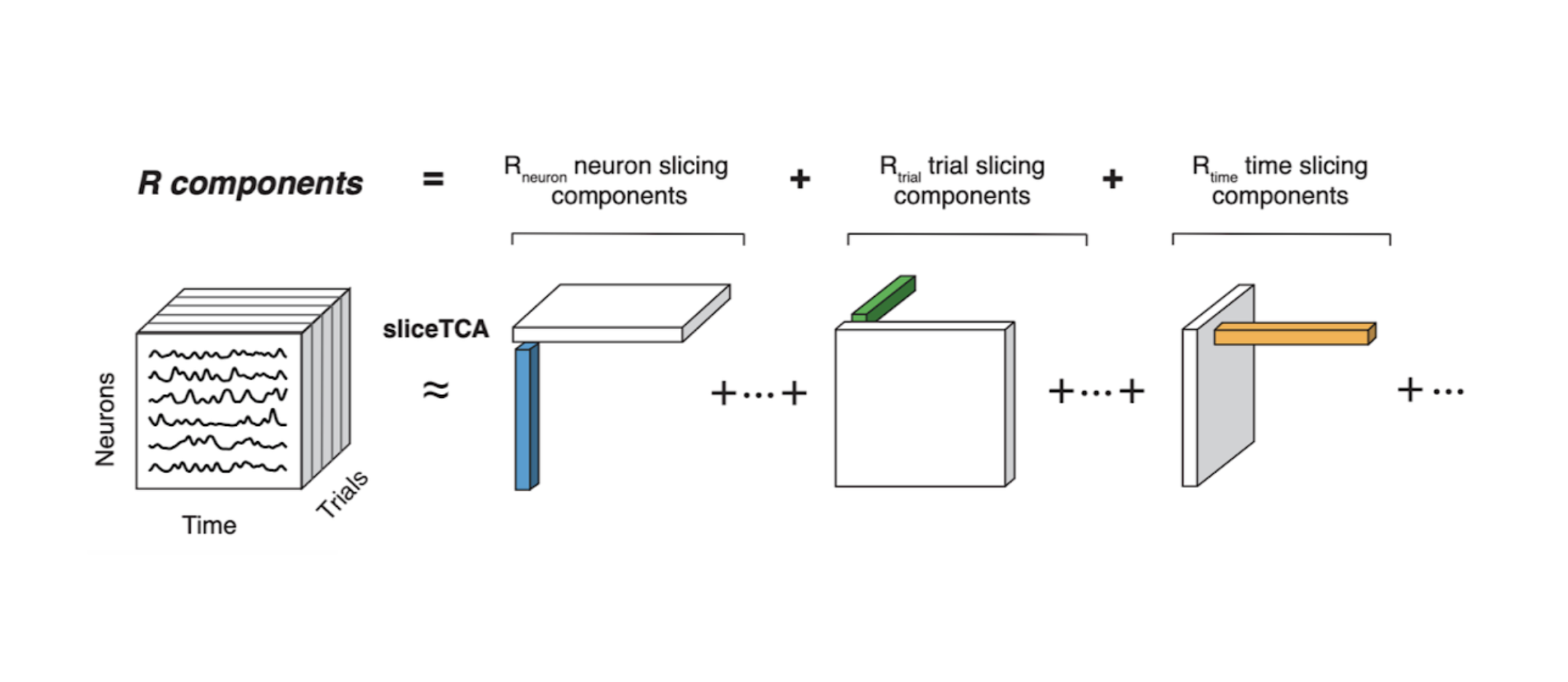Activity- and plasticity-based mechanisms of working memory
Written on February 26th, 2024 by Heike Stein
In a second PhD project, I studied the neural basis of trial history biases in a study across human subjects and non-human primates. Based on behavior, EEG and single-neuron recordings, we established links between working memory codes in neural activity, synaptic traces of previous memories, and trial history biases in memory reports.
We addressed a long-standing debate in the working memory field that concerns the nature of working memory codes: On the one hand, classic experimental and theoretical work has established that persistent, stimulus-tuned prefrontal activity can hold memories throughout short delays. On the other hand, more recent work claims that working memories can be held synaptically, without persistent activity. Our study showed that working memory is indeed actively encoded throughout memory delays, but as a result of that activity leaves a long-lived synaptic trace. Reactivations from this trace can occur during the inter-trial interval and gradually bias memories in the upcoming trial towards previous memory contents.
Relevant publications
Barbosa, J.*, Stein, H.*, et al. Interplay between persistent activity and activity-silent dynamics in the prefrontal cortex underlies serial biases in working memory. Nature Neuroscience 23, 1016–1024 (2020).

